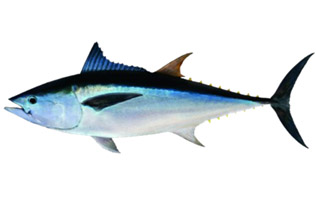
Scientist Name : Thunnus tonggol
Common Name : Longtail tuna
Abbreviation : LOT

Scientist Name : Euthynnus affinis
Common Name : Eastern little tuna, kawakawa
Abbreviation : KAW
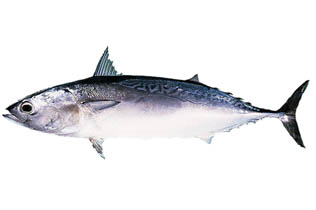
Scientist Name : Auxis thazard
Common Name : Frigate tuna
Abbreviation : FRI
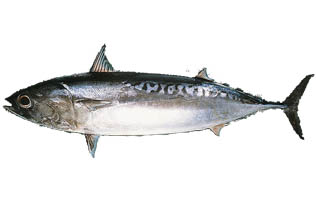
Scientist Name : Auxis rochei
Common Name : Bullet tuna
Abbreviation: : BLT
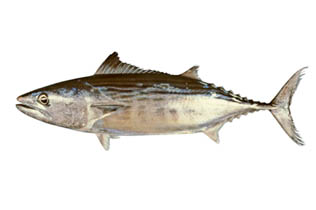
Scientist Name : Sarda orientalis
Common Name : Striped Bonito
Abbreviation : BZX
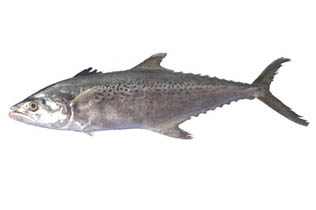
Scientist Name : Scomberomorus guttatus
Common Name : Indo-Pacific king mackerel
Abbreviation : GUT
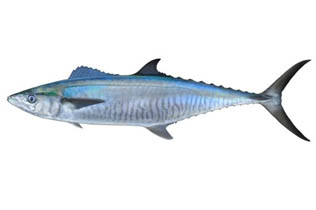
Scientist Name : Scomberomorus commerson
Common Name : Narrow barred Spanish Mackerel
Abbreviation : COM


This project is supported by the Government of Sweden
Through the SEAFDEC-Sweden Cooperation Program for 2013-2019
“Fisheries and Habitat Management, Climate Change and Social Well-being in Southeast Asia”
Designed by © 2015 Create Website